The American violinist on having inspirational tutors, the power of positivity and the need for risk-taking
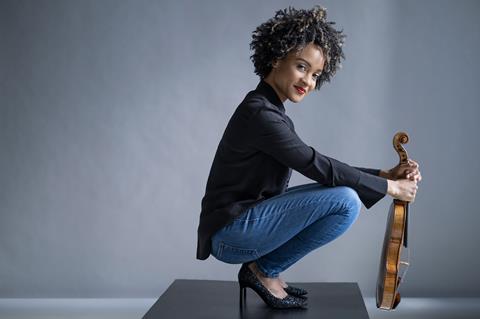
Discover more Featured Stories like this in The Strad Playing Hub.
Read more premium content for subscribers here
Throughout my life I’ve been fortunate to have teachers who knew just what I needed. My first teacher, Chantelle Frazier, created a really fun and accessible place for learning before I moved on to Linda Gregorian, with whom I remember playing duos and finding a love for chamber music. I always felt like I was on a path of organic growth rather than forced discipline.
My tutors at the Curtis Institute of Music, Jaime Laredo and Ida Kavafian, had complementary approaches to teaching. Ida was particularly structured when it came to organising the left hand. It meant that I felt completely free to make the music I wanted with the bow hand. She was incredibly meticulous; sometimes we’d only get through three bars in a lesson! Jaime was completely different and would almost ask for a mini recital in lessons! He always emphasised the bigger picture.
It was at the suggestion of my teacher Donald Weilerstein at New England Conservatory of Music that I started my journey with yoga. This has made me realise how important it is for a musician to stay strong physically as well as mentally. It’s especially important to be aware of how we speak to ourselves. Throughout our education we’ve been constantly told what we can improve on, and the body can hold that negativity. But positivity goes a much longer way than negativity. So when you rewire your brain to speak kindly to yourself, you will grow exponentially.
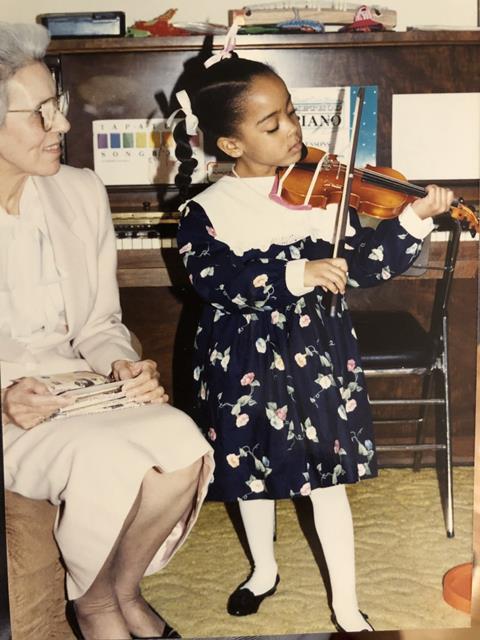
I was very lucky to be in a quartet when making the tough transition from educational to professional life. It helped me to become an even more active listener instead of waiting for a teacher to tell me how to do something. I was just beginning to hear music as a conversation – listening not just for where I fit in, but for how I could respond and contribute. In a way, we were each other’s gurus.
No matter how busy the calendar gets, it’s incredibly important to treat yourself to a moment of just you and your instrument. That intimate space helps you to clarify why you started playing in the first place. And when you can deliver that ‘why’ in performance, that’s what the audience truly connects to.
We in the classical music world should shift our approach to risk-taking. While I am a purist about honouring what composers wrote, we must also remember that many were improvising musicians. The notes on the page are the final draft, not the end of the imagination. In rehearsal, we allow ourselves playfulness – stretching phrases, leaning into colours, experimenting boldly. Why should that sense of discovery vanish in performance? Concerts should not feel like careful reproductions, but like living conversations where spontaneity and joy remind us that music is meant to breathe, surprise and delight. We all make mistakes, so let’s create safe spaces where we can give it our all and make our performances feel alive.
INTERVIEW BY RITA FERNANDES
Read: ‘Her soulful melodies are her distinct fingerprint’: violinist Melissa White on Florence Price
Listen: The Strad Podcast #87: Yoga and string playing with violinist Melissa White
Discover more Featured Stories like this in The Strad Playing Hub.
Read more premium content for subscribers here

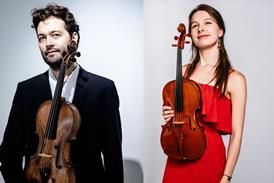
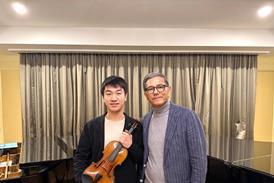
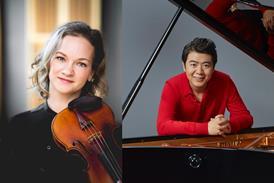
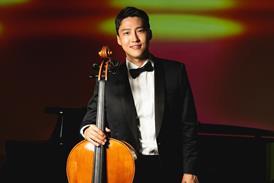
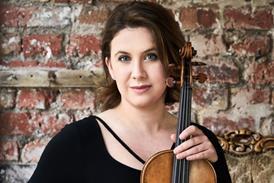
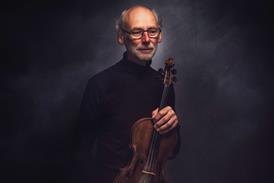


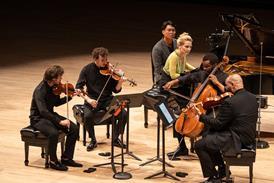
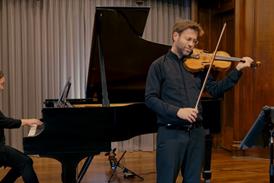
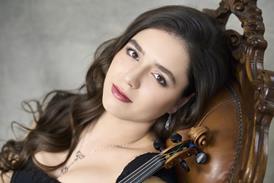
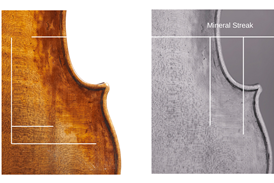
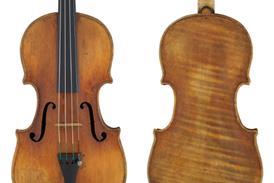
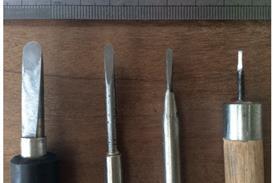
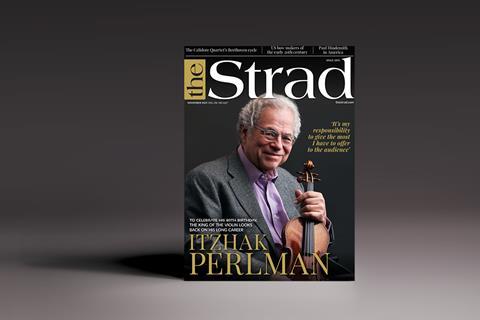
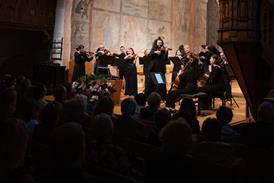

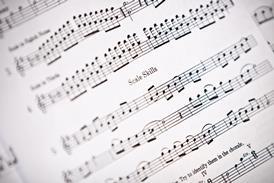
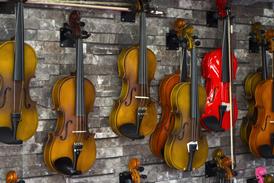
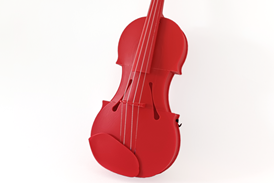
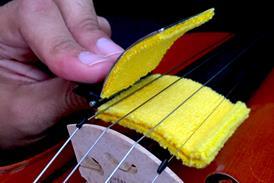
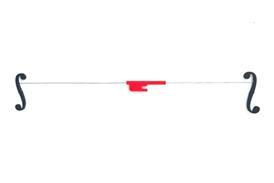
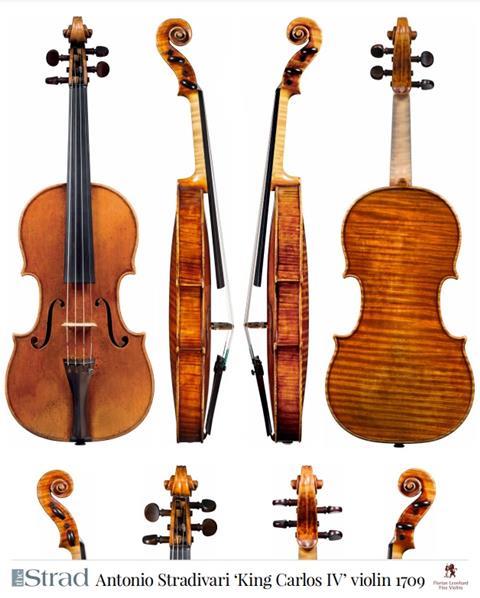
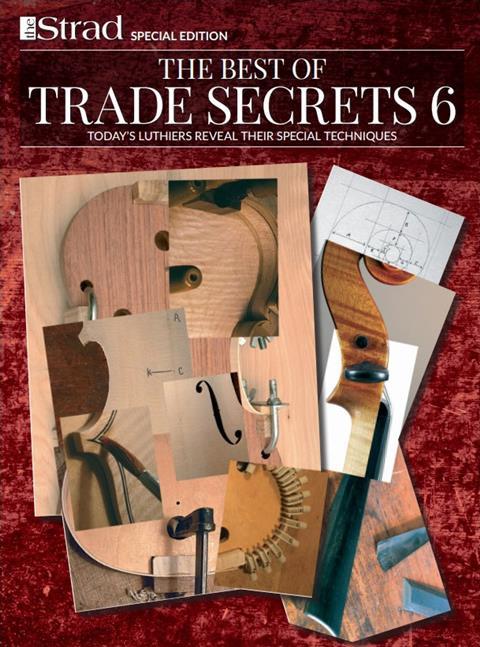
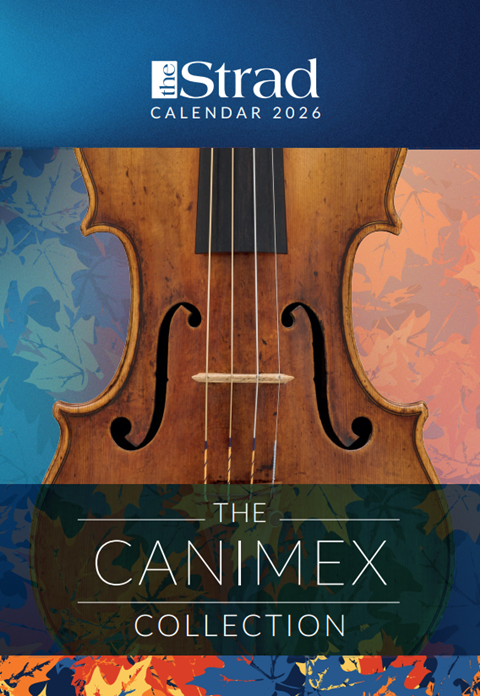
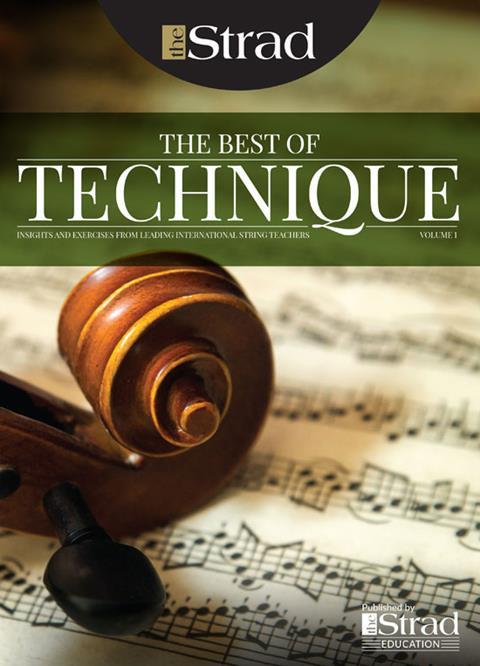
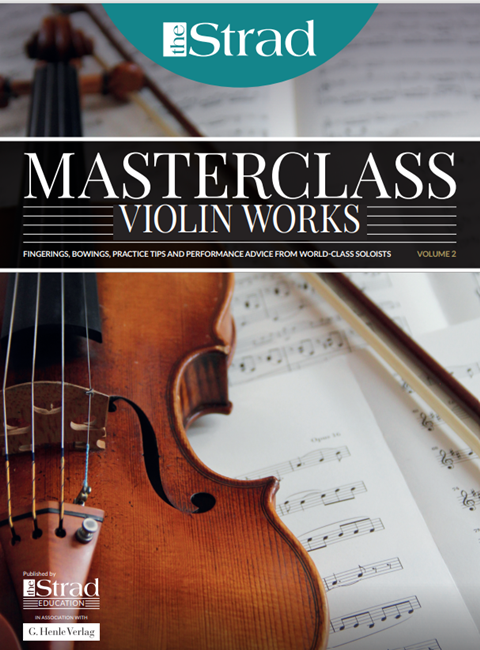
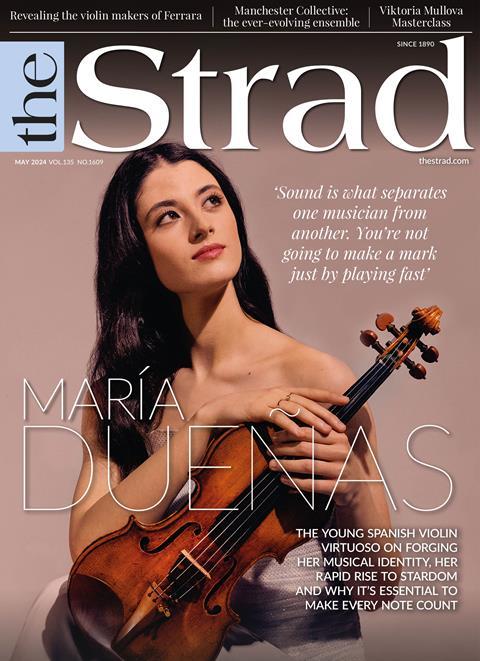
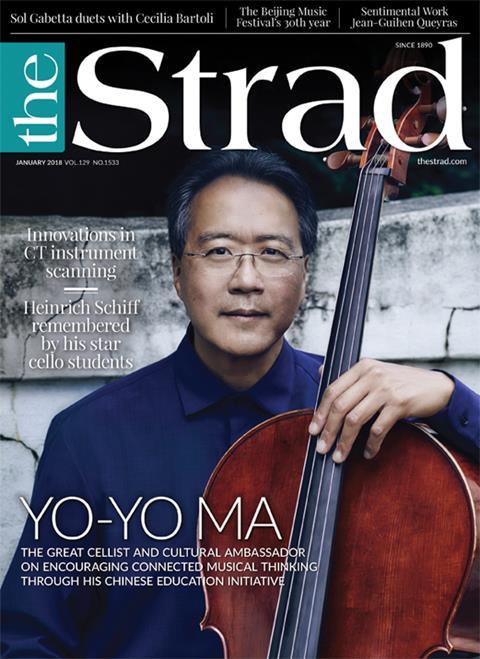












No comments yet